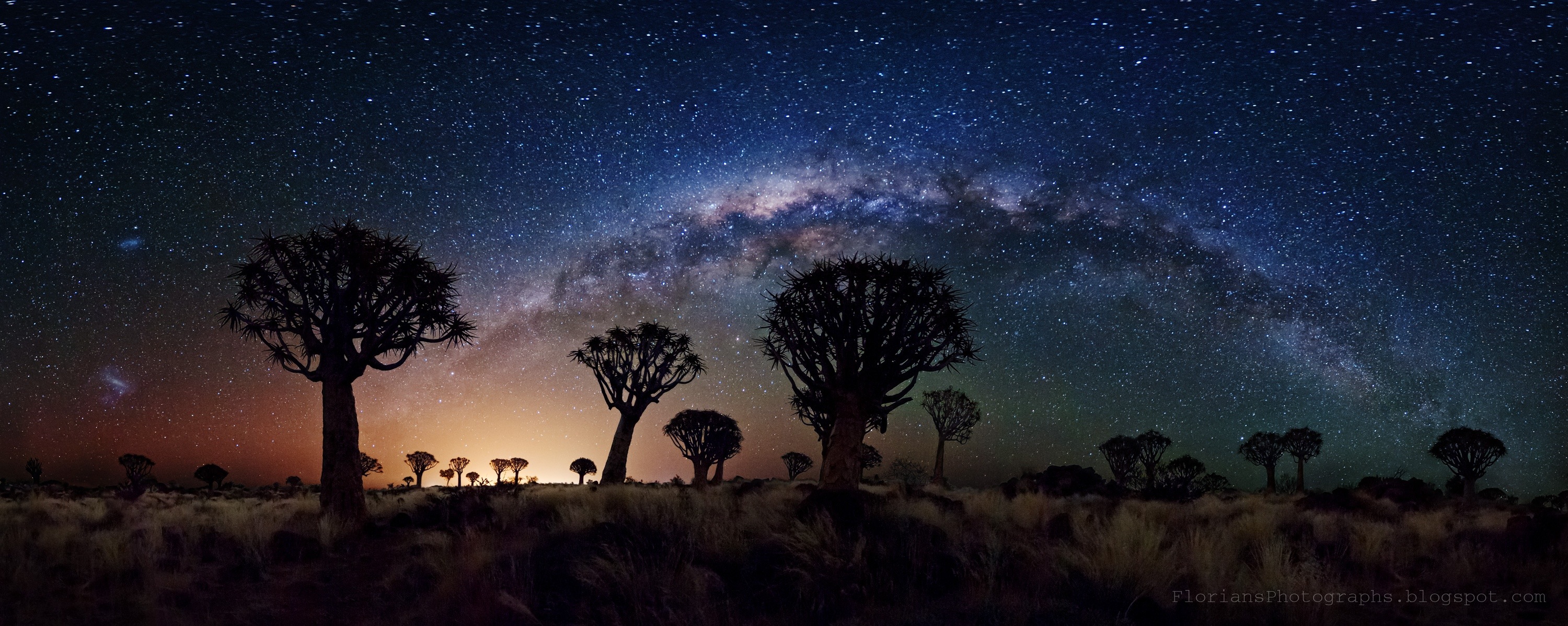Namibian Nights from Squiver on Vimeo.
Namibian Nights – Astronomy Picture of the Day (APOD) from NASA
Video Credit & Copyright: Marsel van Oosten; Music: Simon Wilkinson
Namibia enjoys startlingly clear skies at night. This is due to the low amount of artificial light from industry and from urban centers. What we can see in this video from NASA is thousands of individual still images that capture the stunning beauty of the night sky, when human behavior does not put our galaxy behind a fog of light pollution.
Industry and urbanization give us many worthy and dignified benefits that we as human beings long for, imagine, collaborate to build and enjoy having access to. But the Namibian night sky also shows us that we lose the opportunity to interact with natural beauty of certain kinds—the Milky Way being just one of them.
To understand what is truly of value in the experience of human consciousness and civilization, we need to slow down, take a moment, and experience the awe that our natural environment inspires. Having direct sensory access to the remote environment, our galactic neighborhood, might lend some perspective to the intensity with which we pursue the stuff of momentary consumer delight, and so we might find something of greater value, something human and local and worthy of building our relationships around.
Maybe there is even a way we can say to the people of Namibia: congratulations for what you have; maybe we should dignify the beauty of your environment with the humanity, the respect and collaboration, required to keep it.
Official Video Explanation, from NASA: Namibia has some of the darkest nights visible from any continent. It is therefore home to some of the more spectacular skyscapes, a few of which have been captured in the above time-lapse video. Visible at the movie start are unusual quiver trees perched before a deep starfield highlighted by the central band of our Milky Way Galaxy. This bright band of stars and gas appears to pivot around the celestial south pole as our Earth rotates. The remains of camel thorn trees are then seen against a sky that includes a fuzzy patch on the far right that is the Large Magellanic Cloud, a small satellite galaxy to the Milky Way. A bright sunlight-reflecting satellite passes quickly overhead. Quiver trees appear again, now showing their unusual trunks, while the Small Magellanic Cloud becomes clearly visible in the background. Artificial lights illuminate a mist that surround camel thorn trees in Deadvlei. In the final sequence, natural Namibian stone arches are captured against the advancing shadows of the setting moon. This video incorporates over 16,000 images shot over two years, and won top honors among the 2012 Travel Photographer of the Year awards.
